Starting a new allotment. Essential tips for an organic successful allotment
You’ve just taken on a new allotment. Yay, congratulation on your new baby and welcome to the allotment club. Or maybe your just thinking about it, maybe your on a waiting list and your wondering what it will be like to start. In that case well done for future planning. However, I want to warn you about something and it’s something we all do when taking on an allotment, and that’s dreaming too big. I even do it now, years down the line thinking of how perfect and Instagramable my allotment could look. Always coming up with new ideas. And while day dreaming and thinking of creative ideas is not a bad thing, hey its par of the fun right, I want to guide you so you don’t dream to far and make the mistakes myself and so many I know have made along the way, making our allotments too much to handle and setting ourselves up for failure.
Mistakes to avoid when taking on an allotment.
Taking on too much
Taking on too much will result in the weeds taking over
It’s easy to get a romantic idea in our heads about how beautiful and bountiful we want our new allotment to be straight away. I’m guilty of this, wanting to cultivate every area of my allotment to perfection. I want a camomile lawn, an orchard of fruit, and an arch of sweetpeas to walk through at the entrance. But the reality is it may take a long time to get to this point. Most probably years.
Where people get into trouble is doing too much to begin with and getting on top of nothing.
The best thing you can do on a new allotment is to cover half of it, maybe even more, or perhaps leave half as grass/weeds and mow it to keep on top of the weeds and just start cultivating 25% of it.
You’ll be surprised how much you can grow on just 25% and just how much time it will take, especially if you take on a space with lots of perennial weeds. Every year you can decide to cultivate a little more if you feel you have the time.
You’ll probably still find brambles growing up in different areas which will still take your time, but at least this means you have 25% that is exactly as you want it and you won’t become overwhelmed by the rest. I see so many cultivating the whole plot straight away and weeds then growing over every crops, meaning they harvest barely anything.
The benefit of covering a section or mowing is that the weeds will not take over and even be completely killed while covered or continually cut back, so when you do come to grow on them you’ll be starting with a blank canvas.
not Maximizing the space you are using.
Now you’ve decided to just cultivate a small area of your new allotment you should maximize the space you are growing on to get the most out of it.
Maximise the space on your allotment by keeping paths to a minimum. No more than 2 feet wide. Consider running the beds the entire width of your plot with the thin footpaths running between. You don’t need lots of paths in a grid but simply there so you can reach everything and weed easily.
Many make the mistake of creating small beds with big paths, this leads to small harvests and more space to have to look after. Pack more into a smaller space and cover the rest of your plot until you feel happy to tackle more.
Inadequate weed control
Bindweed taking over a grassy area with inadequate weed control
Inadequate weed control means perennial weeds which are always abundant on allotments, such as horsetail, bindweed and couch grass will take over quickly. Everything will quickly become overwhelming.
Cover as much as you can with black plastic, or keep on top of it by mowing areas while cultivating a small area that you can hand weed makes it less overwhelming and will give you much more chance of success.
Once your on top of it using these no-dig methods you’ll be able to uncover more areas where perennial weeds have been killed. Continue practicing no-dig and the weeds will never become big enough make you fail.
Read “Is no-dig gardening worth it?” to find out in more detail how I do this.
Read: “How to organically control Bindweed”
“How to organically get rid of Horsetail/Mares tail”
Overwatering
Watering crops in the ground is so often unnecessary if you practice no-dig methods, a waste of resources, and time as well resulting in weaker plants.
Even if it has not rained for weeks no dig soil retains water deep in the ground.
If you water crops often they spread their roots shallow on the surface, giving you a weaker plant which is reliant on your continuous watering.
I water plants when they first go into the ground to get them started and then never water my allotment unless I see something is struggling. Greenhouses and pots will dry out quickly and need water 2-3 times a week. But the soil on your allotment (if your practicing no dig methods) should rarely need watering.
I hear of people heading to their allotments to water every day and that just seems mad to me, as well as so time-consuming. But mainly it just really isn’t necessary. Put the time you do have into keeping on top of the weeds and harvesting all the beautiful veg you are growing.
For more on this have a read of “Can I water less with no-dig gardening? A UK watering guide.”
Reading too much
I know your reading this now but I really like to keep my advice on gardening as simple as possible. It’s all too easy to get lost in advice. Just getting started is the best thing you can do, as just learn the basics of no-dig obviously….
You really will learn so much by getting stuck in and keeping things simple by practicing eco-friendly gardening.
Pest control
Sometimes it’s hard to trust the process in organic gardening when you see something you’ve grown get eaten or taken over by pests but trust that with an organic eco-system pests will be controlled. It’s always a good idea to sow extra seeds in case any get lost to pests or use a few organic barriers to keep them as bay. Reaching for chemical pest controls on the other hand will only set you back in the long term. So remember, trust the process.
I do not generally use pest controls but if you wish to use zero waste and organic ones you can make at home here’s a guide to doing so. “Organic Insecticides.”
Best practices and tips for a successful no-dig allotment
Start small, don’t take on too much
Grow as much as you can or want to in a small space
Keep on top of the weeds.
Don’t water unless you really need to.
Don’t overload on information
Trust the no-dig method and do not reach for pesticides
Good luck in starting your new allotment. Remember to start small and build on that, but always dream big, because that’s what gets the fire in our bellies going.
More articles for you to dive into…
Can I Water Less with No Dig Gardening
How to Deal with Horsetail in an Organic, No-dig Way
Starting a Zero Waste, Eco-friendly Allotment.
Cheap and Sustainable Gardening Landscaping.







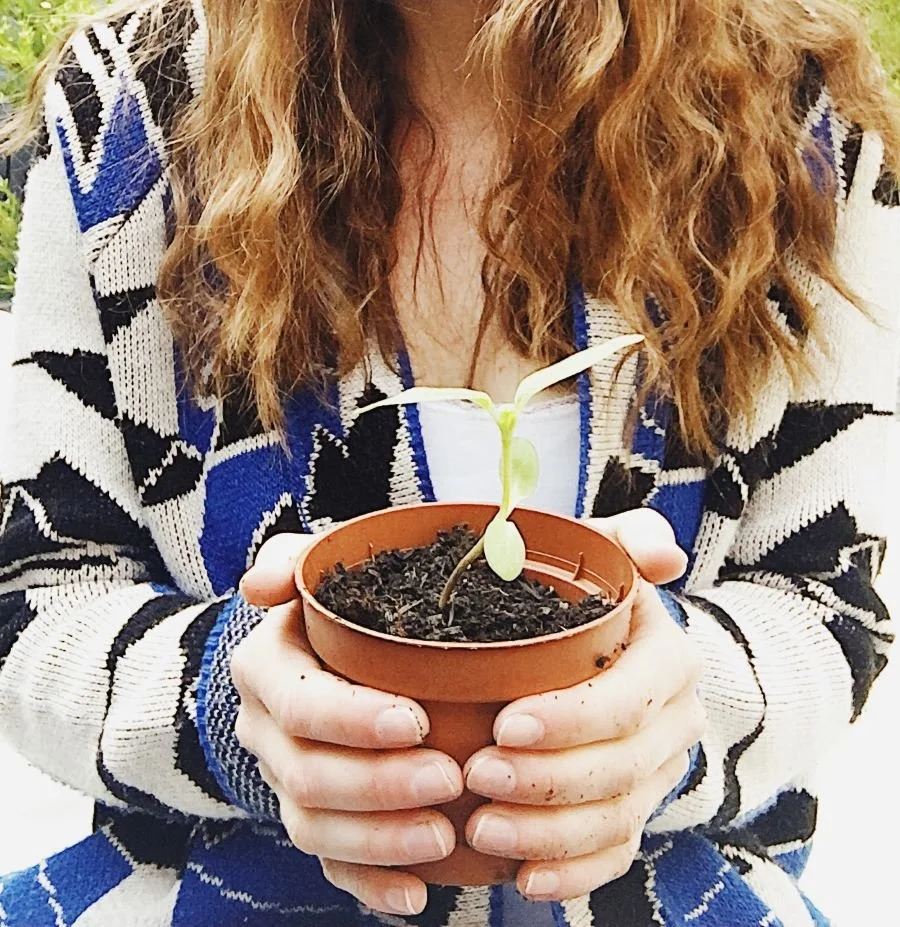







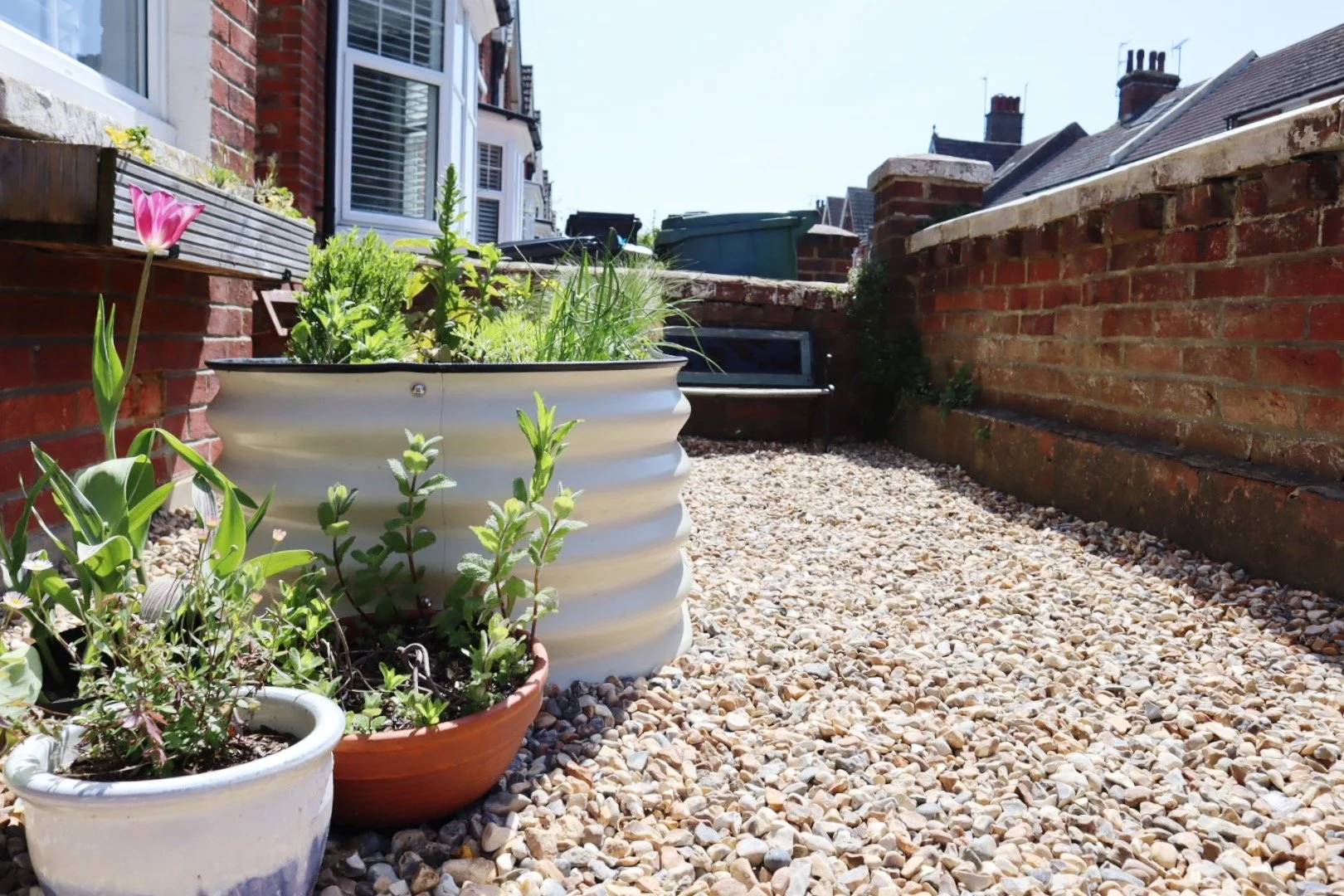


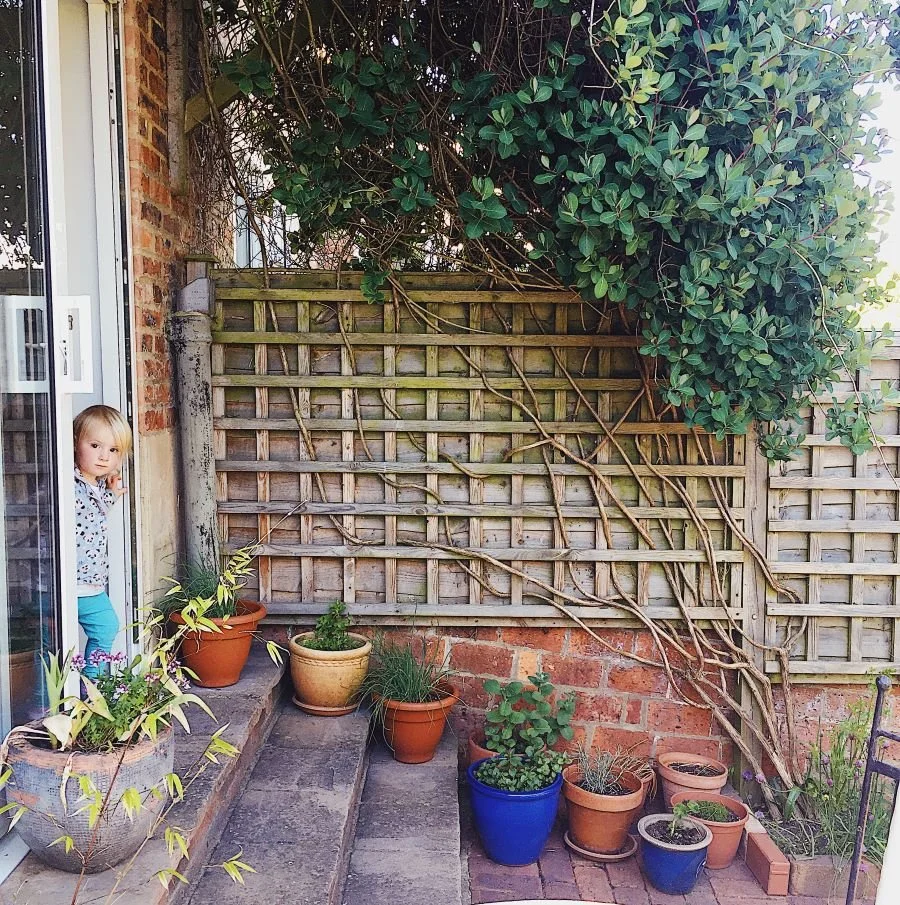


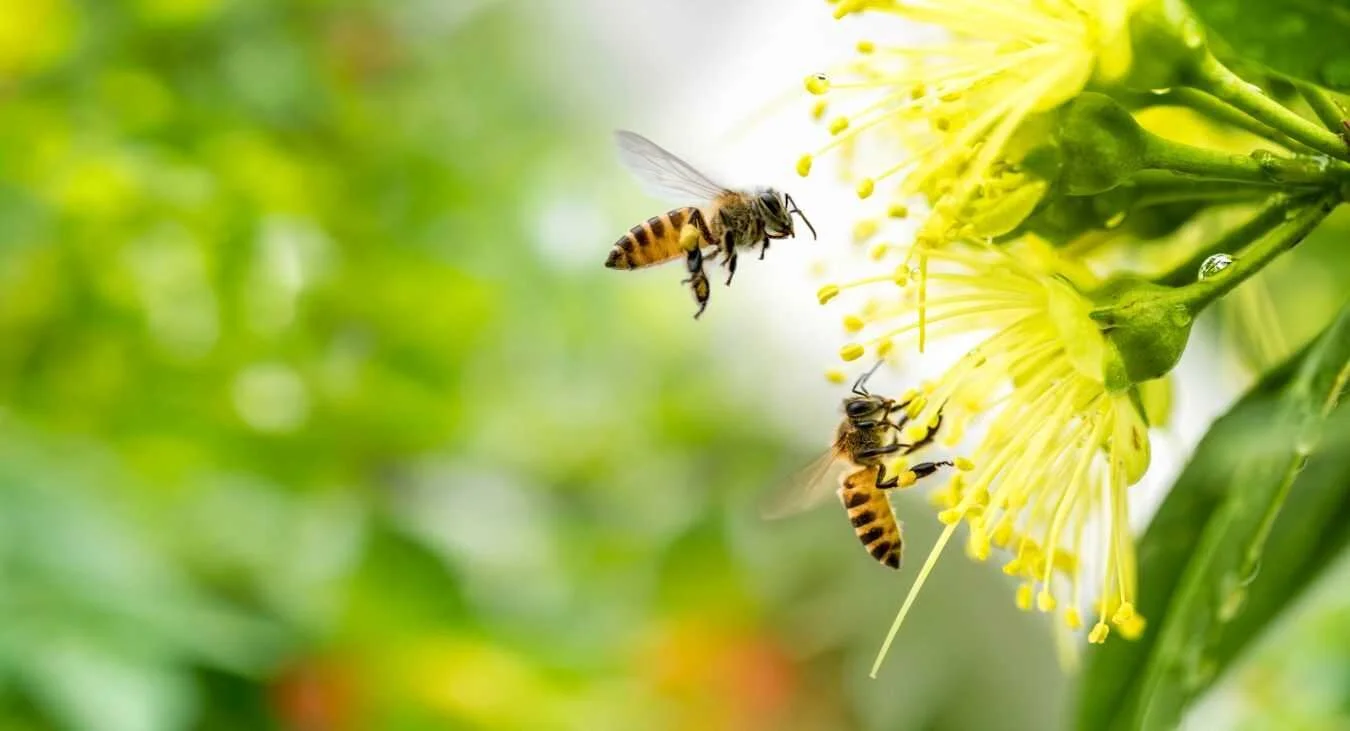


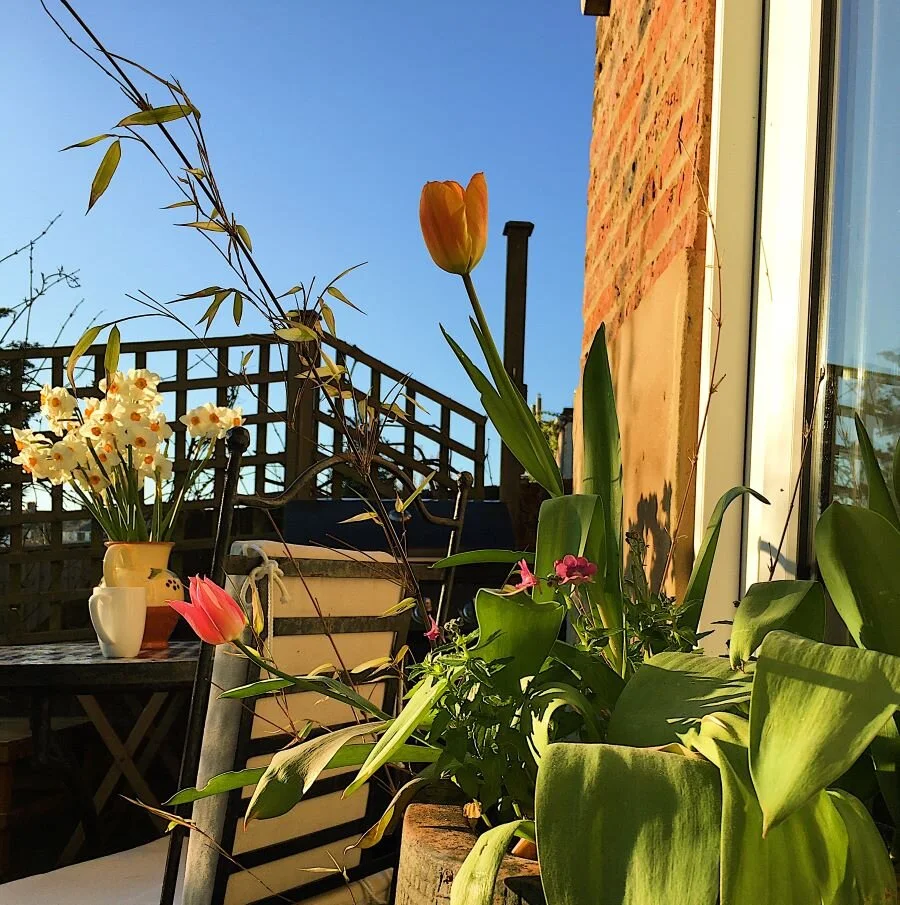


Growing garlic organically on a no dig allotment. The best and easiest way to grow garlic.